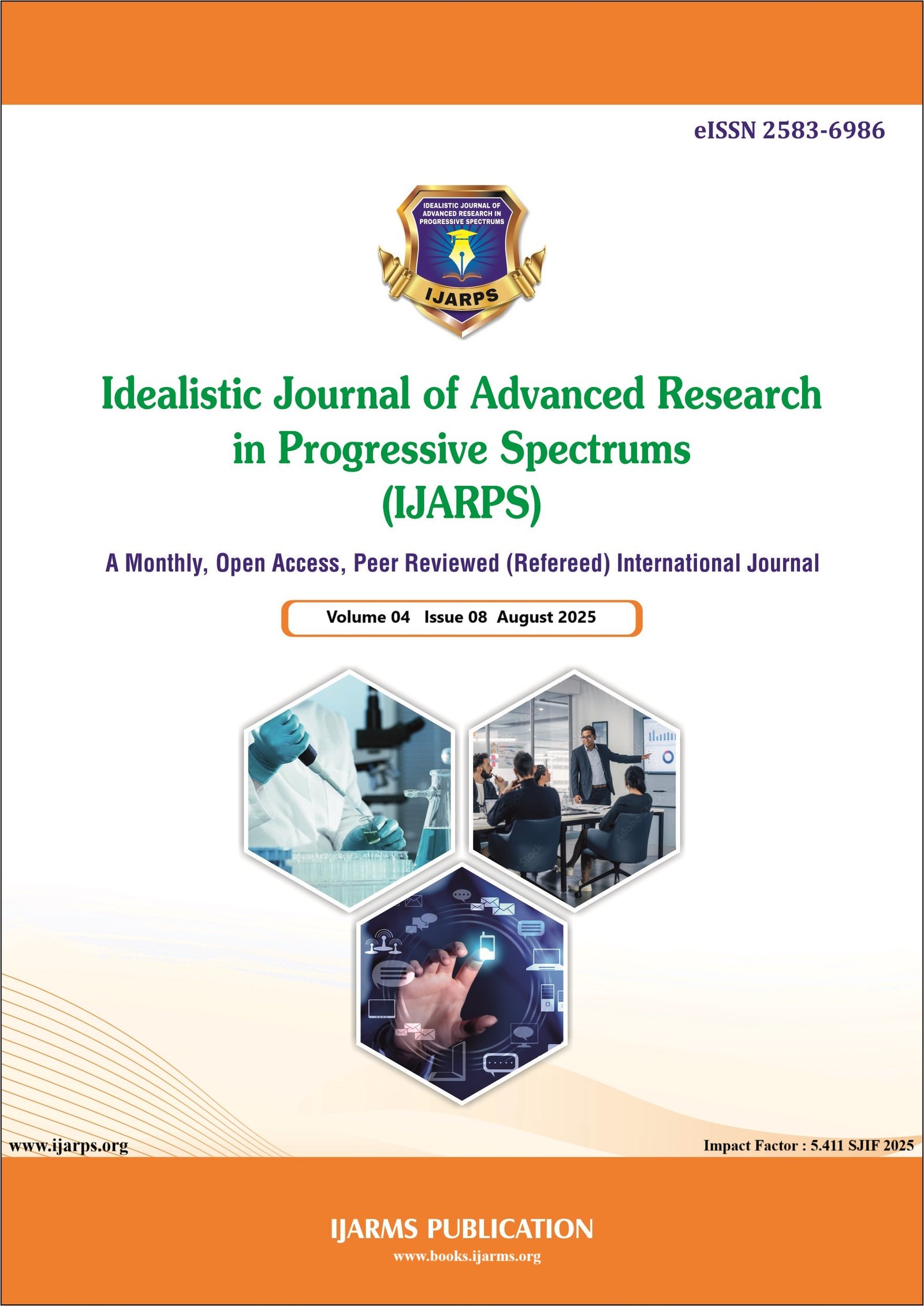Forest Fire Risk Mapping and Its Impact on Biodiversity Conservation
Abstract
Forest fires are a severe danger to biodiversity because they result in the destruction of habitats, the displacement of species, and uneven distribution of ecosystem components. The purpose of this research is to investigate the use of Geographic Information Systems (GIS) and Remote Sensing (RS) in the mapping of forest fire risk in order to improve biodiversity conservation efforts. The identification of high-risk fire zones and the analysis of the possible impact that these zones could have on flora and fauna are accomplished by the integration of satellite imagery, climate data, and topography variables. In addition to highlighting the need for early warning systems and sustainable land management methods, the research underscores the significance that fire risk modelling has in proactive conservation planning. The findings highlight the significance of geospatial technologies in reducing the negative effects of forest fires and developing conservation policies that are driven by data.
Keywords: Forest Fire Risk Mapping, Biodiversity Conservation, Remote Sensing, GIS-Based Fire Prediction, Ecosystem Management.
Additional Files
Published
How to Cite
Issue
Section
License

This work is licensed under a Creative Commons Attribution-NonCommercial 4.0 International License.

